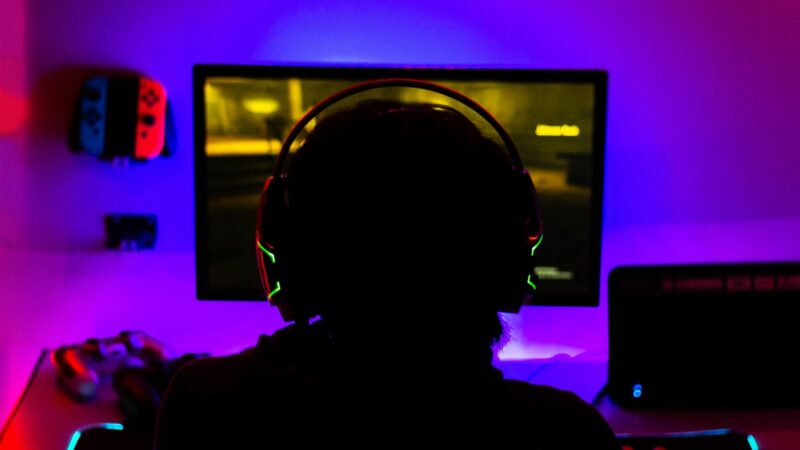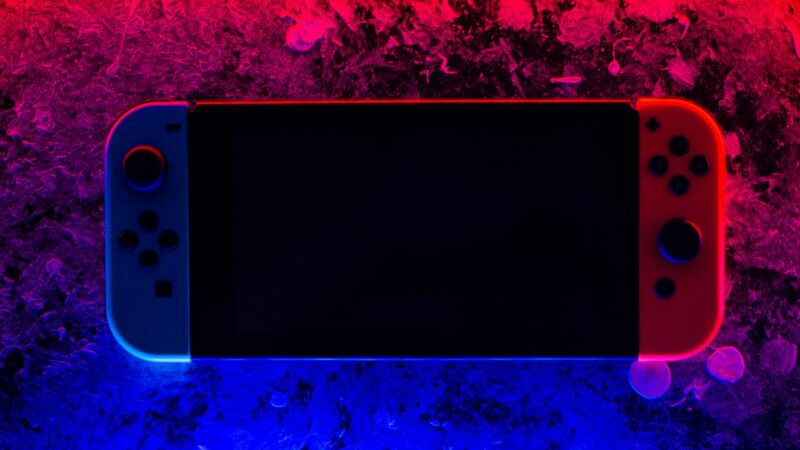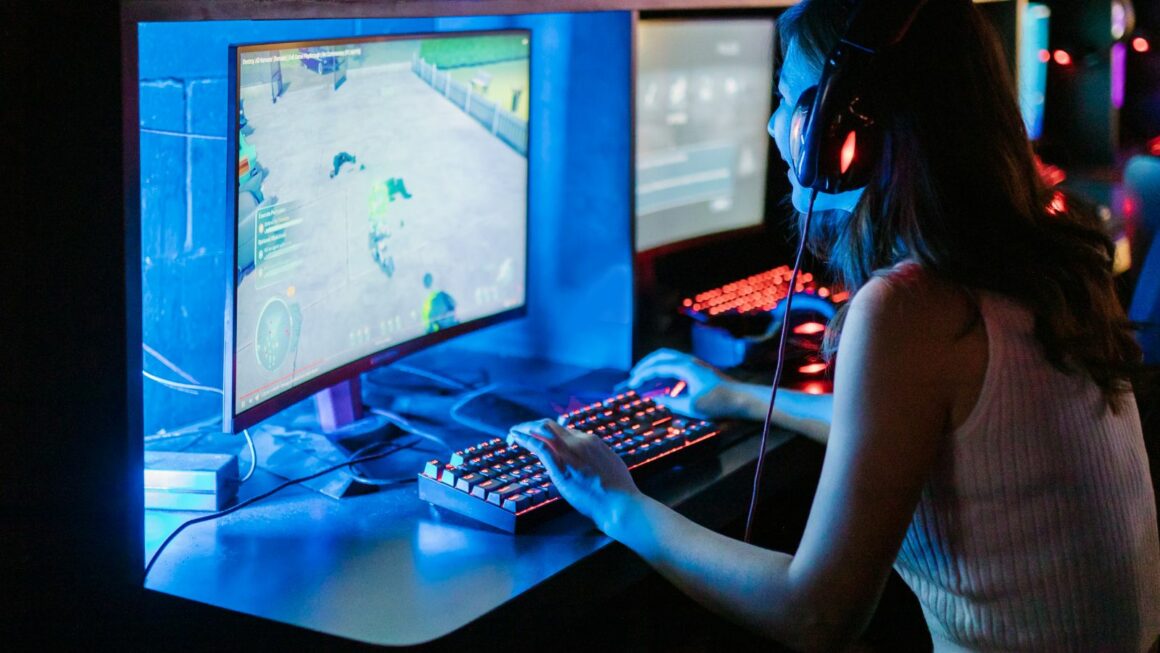As the world of gaming evolves, so does the equipment that propels it. Virtual reality (VR) gaming is at the forefront of this evolution, offering immersive experiences that blur the line between the digital and physical worlds. But what makes it tick? What gear is essential to plunge into these alternate realities?
Choosing the right VR gaming equipment can be a game changer. It’s not just about the headset; it’s about the controllers, sensors, and even the PC that powers it all. This article will guide you through the essentials, helping you make informed decisions to elevate your gaming experience. So, let’s dive into the fascinating world of VR gaming equipment.
Vr Gaming Equipment
This section provides a comprehensive look at the core components of VR gaming equipment. The article delves into VR headsets and sheds light on the primacy of controllers and tracking systems.

VR headsets, as the visual gateway to virtual reality experiences, come in three main varieties: tethered, standalone, and smartphone-based. Tethered headsets, such as the Oculus Rift and PlayStation VR, connect to a powerful PC or gaming console. These offer top-notch visual fidelity but often constrain the user’s mobility due to cords and cables. Standalone headsets, represented by the Oculus Quest and Pico Neo, house all necessary components within the unit. Without reliance on a separate device, their practicality attests a higher degree of freedom. Lastly, smartphone-based VR headsets, like the Samsung Gear VR and Google Cardboard, present an affordable VR experience. However, the lesser processing power and graphic capabilities of a smartphone compromise immersive quality.
Controllers and tracking systems, for any VR setup, lie at the heart of interaction and immersion. VR controllers, such as the Oculus Touch, allow users to embody digital hands, enhancing interactivity in the virtual sphere. Their design significantly affects the intuitive feel and level of control players experience. Tracking systems, in turn, play a pivotal role in spatial awareness. They trace the player’s position and movement, translating them into the virtual realm. Advancements in tracking technology like lighthouse and inside-out tracking have revolutionized freedom of movement in VR.
Key Features of VR Gaming Devices
Moving forward from the VR gaming equipment’s basic components, the discussion spirals into the critical aspects that assist in determining the potency and proficiency of these devices. Features like visual quality and display, comfort and ergonomics, and response time and immersion play significant roles.

Central to the VR gaming experience, visual quality plays a hefty part. The display defines the extent to which environments and characters portray realism and visual depth. Devices leverage advanced OLED or LCD panels to display high-resolution images. A high-quality VR device, like the Valve Index, sports a resolution of 1440×1600 pixels per eye. Refresh rates, a critical metric, often range anywhere between 72Hz to 144Hz, with higher numbers contributing to smoother visuals.
Next, comfort and ergonomics play a crucial role in prolonged use of VR devices. Materials used in the build, the weight of the headset, and adjustability factors in the overall comfort. For instance, Oculus Quest 2 uses a soft, adjustable head strap and light-weight materials to enhance comfort during extended periods of gaming.
Maintenance and Care for VR Gaming Equipment
VR gaming equipment requires regular maintenance and care to ensure optimal performance. It’s not only about choosing the right setup but also about taking good care of it. After discussing the importance of selecting the best VR gaming setup, let’s move on to how to maintain and take care of this equipment.

Consistent cleaning of a VR gaming setup enhances its lifespan, keeping it in prime condition. When cleaning, it’s advisable to use a microfiber cloth, which is gentle on screens. Avoid using fabric softeners or harsh chemicals, as they have a negative effect on the equipment’s material.
Furthermore, dusting components such as the headset and the controllers helps to prevent accumulation of grime over time. Make sure to unplug all components before cleaning.

